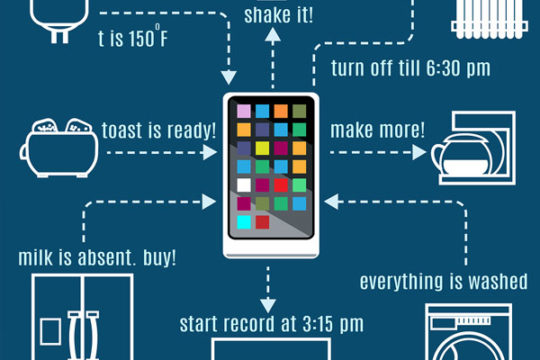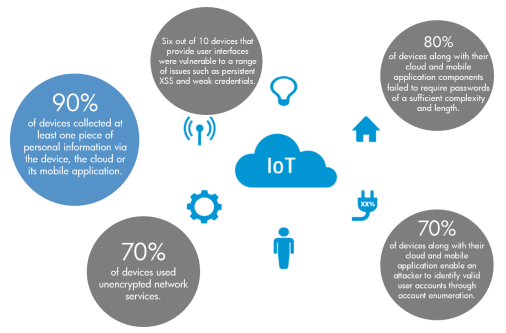
There’s a good chance that the benefits of the Internet of Things (IoT) could make a huge difference to your organization, but how do you get started?
With around 30 billion IoT connected devices due to be in use by 2020, the IoT is clearly here to stay and the benefits in business are immense. Improved communication, enhanced automation and increased productivity are just a few of the benefits on offer. And, if you’re in business, then you’ll know that these benefits alone are crucial.
However, the IoT world is still relatively new and many organizations are apprehensive when it comes to introducing it to the workplace. Rather than leaving you adrift as your competitors surge forward, we’ve put together some tips on how to introduce the IoT into your organization.
Meet with IT Professionals and Create a Plan
The IoT may seem fairly straightforward in terms of how all the various devices connect, but the truth is that the IoT can be highly complex. Therefore, you need to speak to IT professionals. With their years of expertise in IT innovation, they will be able to recommend the correct technology and how you can begin to implement this into your existing IT network. Otherwise, you will never experience the full range of benefits that IoT can provide.
Understand Why You Need the IoT
If you want to embrace the IoT then you need to understand what it can do for your organization. There are, as previously stated, many benefits on offer from adopting the IoT into your operations, but not all of them will apply to your needs. And that’s why you need to identify the key problems within your business that the IoT can solve. Perhaps it’s increased productivity, perhaps it’s enhanced data processing. Either way, in order to implement the IoT correctly, you have to understand these problems from the very start.
What Can Your Current Setup Provide?
Introducing the IoT doesn’t mean that you have to start from scratch when it comes to your existing IT infrastructure. Many business owners, however, worry that the costs will spiral out of control, but this couldn’t be further from the truth. Sure, there may be the need for certain upgrades to be made to accommodate IoT technology, but plenty of your existing technology will be able to provide a seamless transition. Carrying out a full analysis of your equipment and understanding its capabilities will allow you to identify the areas which need updating.
Establishing Good Staff Training
As with any new form of technology, the IoT will require a certain level of training for your staff. Their existing knowledge of the IoT and the level of interaction they will have with the IoT in your organization will vary, but training is essential. This can be offered either in-house or by external training courses that specialize in training in IoT practices. Once your staff has received the relevant level of IoT training required you’ll find that the integration process is as hassle free as it can be.
For more ways to secure and optimize your business technology, contact your local IT professionals.
Read More














